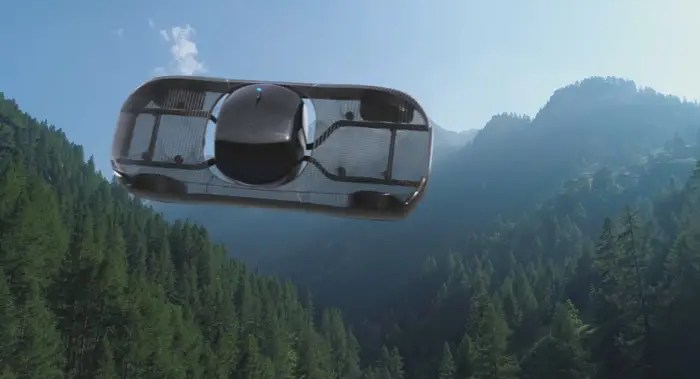
Are flying taxis coming? Sooner than you think, and to a select few
Global News
Electric air taxis can start plying the skies by 2028, according to a regulatory timeline laid out by the U.S. Federal Aviation Administration this month.
From his suite on the 23rd floor of the Fairmont Dubai, Fethi Chebil surveys the luxury cars and driverless metro line unfurling to the horizon.
“I can see the future,” says the Quebec-based CEO and founder of VPorts, which designs terminals for flying taxis.
Chebil is referring with a wink to Dubai’s Museum of the Future, but he might just as well be describing the mode of transport he envisions high above the roads and rails of the desert city and beyond: flying cars.
Air taxis, long hyped as the next giant leap in short-haul passenger transport, are coming closer to a vertiport near you — even as skepticism deepens over their ability to change commuter behaviour and emissions output, and overcome questions of safety, both real and perceived.
Electric air taxis can start plying the skies by 2028, according to a regulatory timeline laid out by the U.S. Federal Aviation Administration this month. Some manufacturers have 2025 as their target, such as Silicon Valley’s Archer Aviation and Joby Aviation.
No longer confined to the silver screen in classics as far back as 1927’s Metropolis, aerial ferries now take form and flight in more than 700 prototypes and designs for electric vertical takeoff and landing aircraft (eVTOLs) by some 350 companies, according to the Vertical Flight Society.
The whirly machines carry the promise of delivering people and goods across congested urban and suburban areas and between nearby cities. But headwinds around technology, regulation and investment remain, with Canada lagging behind some of its peers on policy. And whether aerial vehicles can move beyond a sleek slice of the ultrarich and medical and cargo niches in the near term seems increasingly questionable.
Most eVTOLs resemble an oversized drone, sporting a halo of small rotors around a passenger pod — some sporting wings — and taking off and touching down like a helicopter. Drawing on lithium-ion batteries, they are cleaner, quieter and — eventually — cheaper to fly and maintain than a chopper powered by jet fuel.





















 Run 3 Space | Play Space Running Game
Run 3 Space | Play Space Running Game Traffic Jam 3D | Online Racing Game
Traffic Jam 3D | Online Racing Game Duck Hunt | Play Old Classic Game
Duck Hunt | Play Old Classic Game











